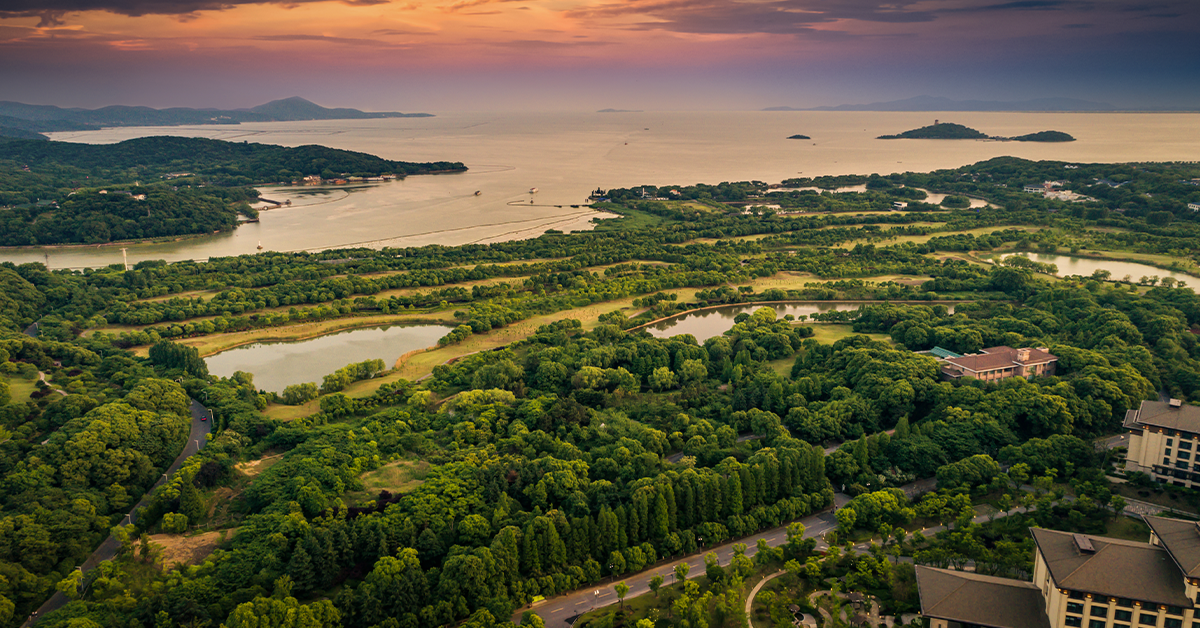Second Homes Near Wildlife Sanctuaries: Investment Potential in 2025
In 2025, India’s real estate market is seeing a unique trend—second homes located close to wildlife sanctuaries. As eco-tourism, remote work, and wellness-driven living gain momentum, investors and homebuyers are increasingly drawn to destinations that offer both natural serenity and financial growth. From Dudhwa in Uttar Pradesh to Pench, Ranthambore, and Bandhavgarh, areas around wildlife sanctuaries are transforming into hotspots for second homes.
Why Wildlife Sanctuaries Are Becoming Real Estate Magnets
The demand for nature-centric living has risen sharply after the pandemic. Buyers are seeking second homes that provide not just relaxation, but also long-term value. Here’s why wildlife-centric regions are gaining attention:
- Eco-Tourism Boom
Wildlife tourism in India is growing at a steady pace, supported by government initiatives and better connectivity. According to industry reports, eco-tourism is projected to grow at 15–20% annually, making sanctuary-adjacent properties highly attractive for rental income. - Work-from-Anywhere Lifestyle
With hybrid work models here to stay, many urban professionals are investing in second homes surrounded by greenery, fresh air, and peaceful landscapes, away from congested cities. - Affordable Investment Compared to Hill Stations
While popular hill stations are witnessing soaring property prices, land near wildlife sanctuaries still offers more affordable entry points, with promising appreciation potential as demand rises. - Government Push for Regional Development
Many state governments are investing in eco-tourism circuits, road networks, and hospitality infrastructure around sanctuaries. This is directly boosting real estate prospects in nearby towns and villages.
Top Wildlife Sanctuary Hotspots for Second Homes in 2025
1. Dudhwa National Park (Uttar Pradesh)
Positioned along the upcoming Ganga Expressway and other major road links, Dudhwa is quickly emerging as a second-home paradise. Investors are eyeing its proximity to Lucknow and Noida, along with its eco-tourism appeal.
2. Ranthambore (Rajasthan)
Known for tiger safaris and heritage tourism, Ranthambore is attracting both domestic and foreign investors. Boutique resorts, villas, and homestays are in high demand.
3. Pench & Kanha (Madhya Pradesh)
Central India’s wildlife belt is witnessing rising second-home interest, thanks to well-developed tourism infrastructure and luxury hospitality chains setting up near the parks.
4. Jim Corbett (Uttarakhand)
Already a popular getaway from Delhi-NCR, Corbett continues to see strong demand for second homes, particularly eco-resorts and rental villas.
5. Bandhavgarh (Madhya Pradesh)
A quieter alternative to more commercialized sanctuaries, Bandhavgarh offers affordable land and properties with high potential for future appreciation.
Investment Benefits of Second Homes Near Sanctuaries
- High Rental Yields: Wildlife tourism ensures year-round demand for short-term stays.
- Appreciating Property Values: As eco-tourism infrastructure grows, land prices are expected to rise significantly.
- Sustainable Living Appeal: Increasing awareness about eco-friendly lifestyles makes these homes attractive to urban buyers.
- Dual Use Advantage: Owners can enjoy these homes as personal retreats while also generating passive income through rentals.
Things to Consider Before Investing
- Legal Restrictions: Check forest buffer zone regulations and ensure the property has clear titles.
- Infrastructure Availability: Ensure proper road access, electricity, and water supply in the area.
- Sustainability Practices: Eco-friendly construction and waste management will add long-term value.
- Rental Management: Consider professional property management services if targeting tourist rentals.
Final Thoughts
In 2025, second homes near wildlife sanctuaries are no longer just lifestyle choices—they’re smart investments. With eco-tourism on the rise, improved connectivity, and growing demand for sustainable living, these properties promise strong returns in both financial and personal terms. Whether you’re seeking a peaceful retreat or a profitable rental, the green zones of India’s wildlife belts offer opportunities worth exploring.



I just read this blog and honestly found it very informative. The way it explains second homes near wildlife sanctuaries as both a peaceful retreat and a smart investment in 2025 makes a lot of sense. Really enjoyed reading it!